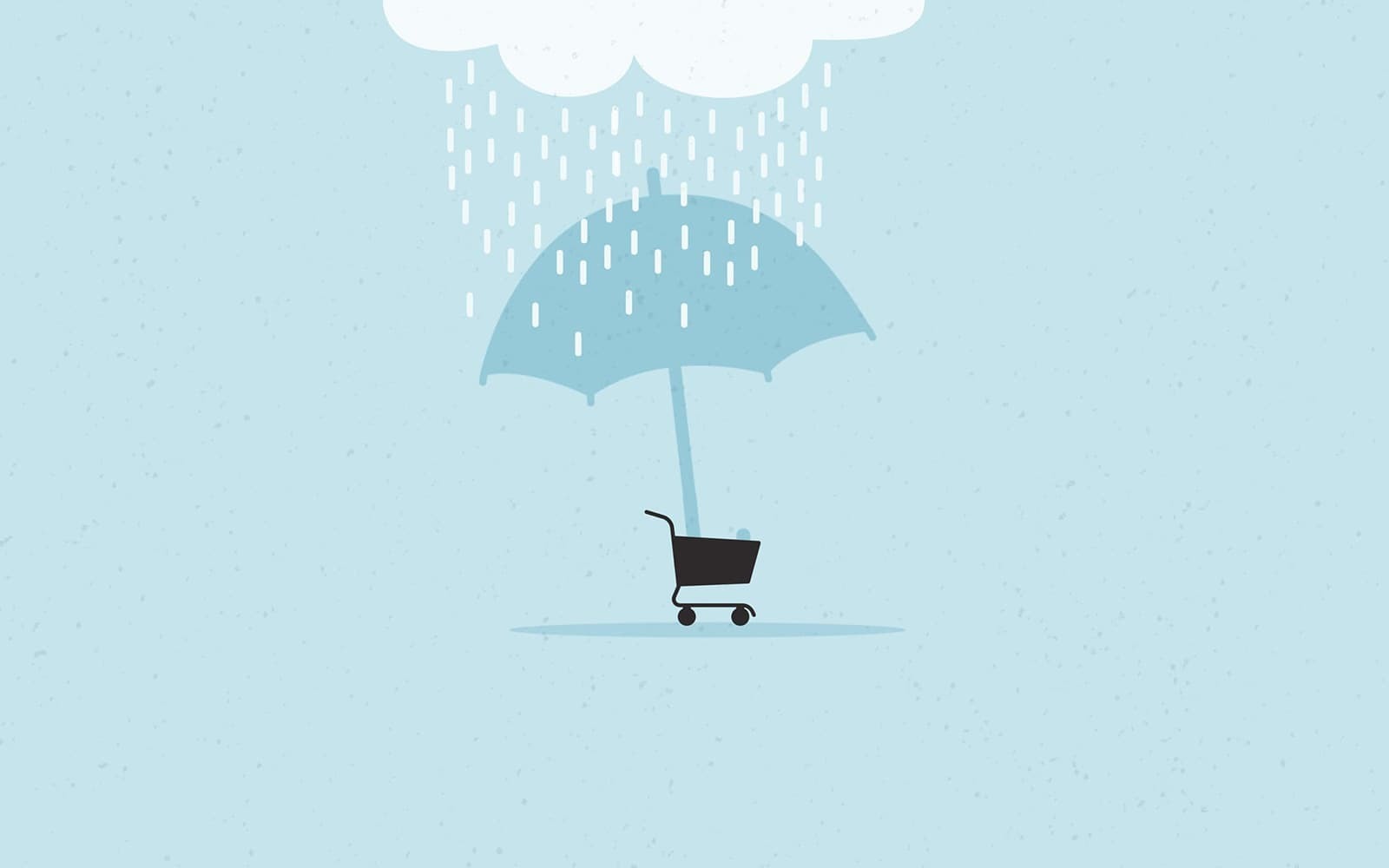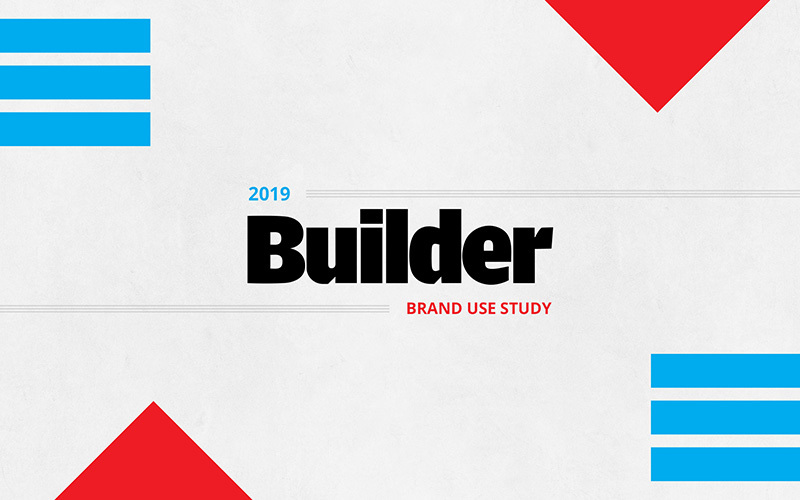Industry Trends
Marketing Insights
As talk of a pending recession continues to bubble, some home and building category brands feel more on edge than usual. After all, it can be tough to raise the extension ladders or slap on a fresh coat of paint with dark clouds brewing in the distance. And as affluent spenders in the United States begin to save more, many marketers that target these customers are understandably apprehensive.
Luckily, the home improvement market is built to weather the storm better than most — and if you have a deep understanding of your targets’ evolving mindsets and motivations, you could be headed toward sunny skies.
Here are some of the particulars affecting the current landscape, plus strategies to succeed.
The Situation
Sources forecast that the home industry will not feel the next economic downturn — if it indeed happens — as deeply as others. What’s at work here? For starters, be grateful for positive indicators like continued lower interest rates, giving consumers more flexibility to invest in their home. In its most recent Leading Indicator of Remodeling Activity (LIRA) release, the Joint Center for Housing Studies (JCHS) at Harvard University predicted moderation, rather than significant decline, for the industry in 2020.
On the downside, affluents’ decreased spending in the United States could impact your business if you’re targeting consumers ages 18+ with a household income of at least $125K. Consider:
- The Savigny Luxury Index, which measures spending on luxury consumer goods, is down more than 4% year to date as of September 2019.
- We’re seeing luxury homes drop in price to a degree not seen since the last recession (U.S. homes priced at $1.5MM+ fell 5% in Q2) and a decrease in building inventory for both primary and secondary vacation properties in these higher price ranges.
- Quarterly financial reports from some well-known U.S. luxury brands, such as Ralph Lauren, Tapestry and Prada, reflected declines, and Barneys filed for bankruptcy in August 2019.
- According to a Conference Board report in August 2019, only 17% of CEOs anticipate an improvement in conditions (down from 19% in the previous quarter).
Clearly, spending by the U.S. wealthy has fallen over the past two years.


